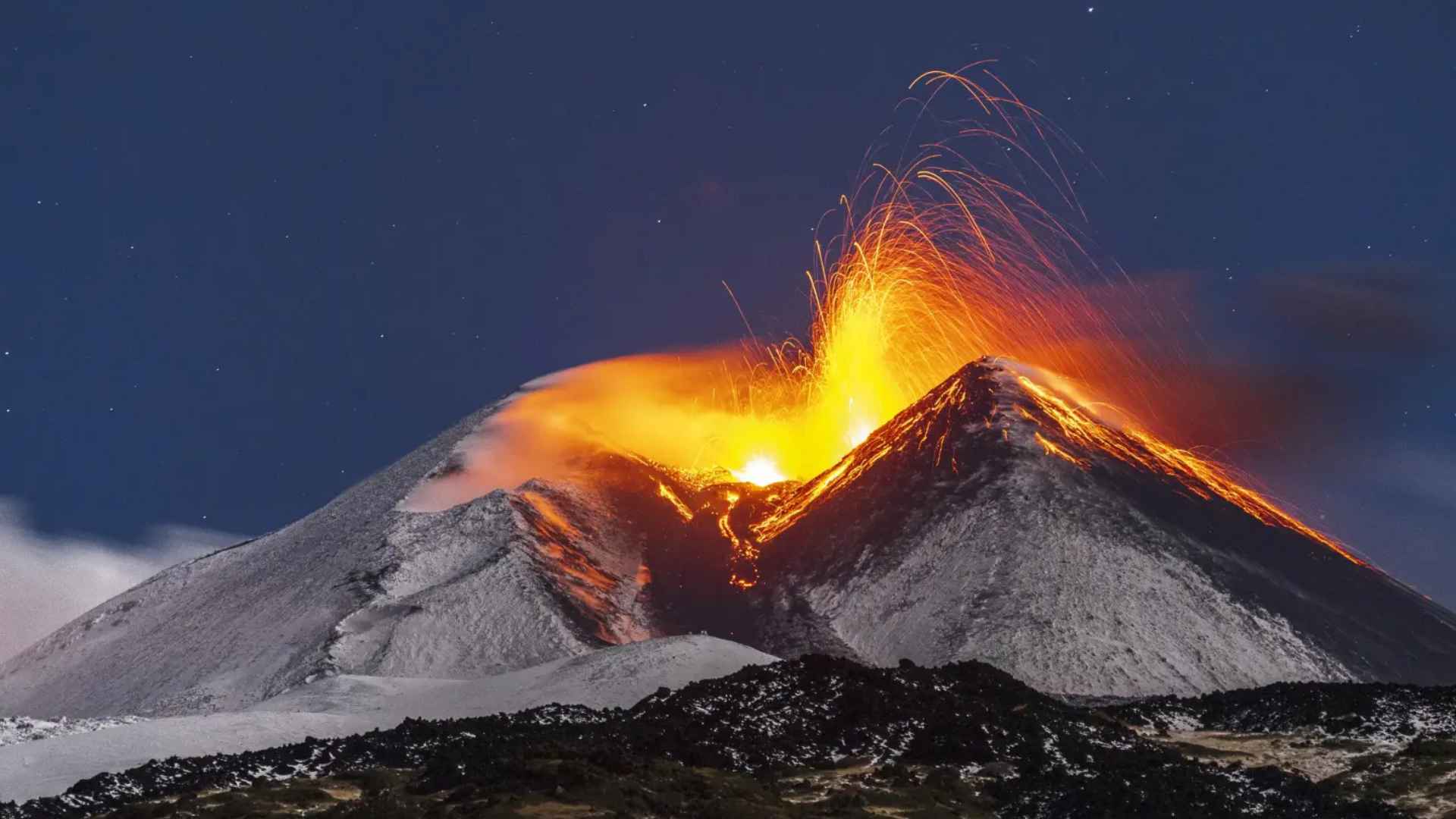Gold is famously elusive, yet a team of international researchers believes they have finally cracked the code. On December 29, 2024, they unveiled findings that show how molten rock, or magma, can transport gold from the planet’s depths to higher levels.
In this groundbreaking announcement, Adam Simon of the University of Michigan worked with experts from China, Switzerland, Australia, and France to clarify a mystery that has puzzled geologists for years. The study reveals that sulfur, in a specific chemical state, forms a gold-trisulfur complex. This structure allows gold to remain dissolved instead of sinking back into the deep mantle.
Why experts think intense volcanic conditions are vital for boosting gold mobility
Deep beneath active volcanoes, high pressures and extreme heat create a unique environment where partial melting and volatile fluids come into play. Have you ever wondered why gold usually stays locked underground? In these harsh conditions, sulfur-rich fluids interact with rock roughly 30 to 50 miles below the surface. Scientists discovered that this reaction keeps gold atoms suspended in molten rock, enabling them to move upward.
How subduction zones and specialized chemical reactions help gold ascend effectively
Subduction zones, where one tectonic plate slides under another, also release water and sulfur. According to the new model, these elements foster perfect conditions for forming the gold-trisulfur complex. Researchers confirm that major gold deposits are often located in such zones, particularly near the Pacific’s famous “Ring of Fire.” Below is a quick list of the main factors that support gold mobility:
- High-temperature volcanic regions
- Sulfur-rich fluids and molten rock
- Deep pressures around subduction zones
When these factors combine, gold can migrate closer to the surface, where veins eventually become accessible to miners.
Lab simulations provide concrete data for predicting gold’s journey through molten rock
In controlled experiments, scientists created artificial magma to observe sulfur’s influence on gold. Their measurements were fed into a thermodynamic model designed to predict gold behavior at various temperatures. A table summarizing the key results is presented below:
| Experimental Condition | Outcome for Gold Movement |
|---|---|
| High sulfur content in fluids | Enhanced gold solubility |
| Elevated temperature and pressure | Formation of gold-trisulfur complex |
| Subduction zone simulation | Increased gold transport potential |
These findings shed light on why gold, a metal reluctant to bond with other elements, suddenly becomes more mobile under certain geologic settings.
Looking ahead: field studies and future gold discoveries around the globe
As scientists refine their models, many see promising opportunities for mineral exploration. Are we on the cusp of pinpointing new gold-rich regions? Researchers suspect that sulfur-driven processes could also impact other valuable metals, offering broader benefits to mining and resource management. The next step involves targeted fieldwork in volcanically active areas, potentially unlocking fresh perspectives on how precious metals travel through our planet.
By merging lab data with on-site observations, experts hope to develop more accurate methods for finding and extracting gold. Ultimately, understanding these sulfur-based reactions could transform the way we search for hidden deposits around the world.

